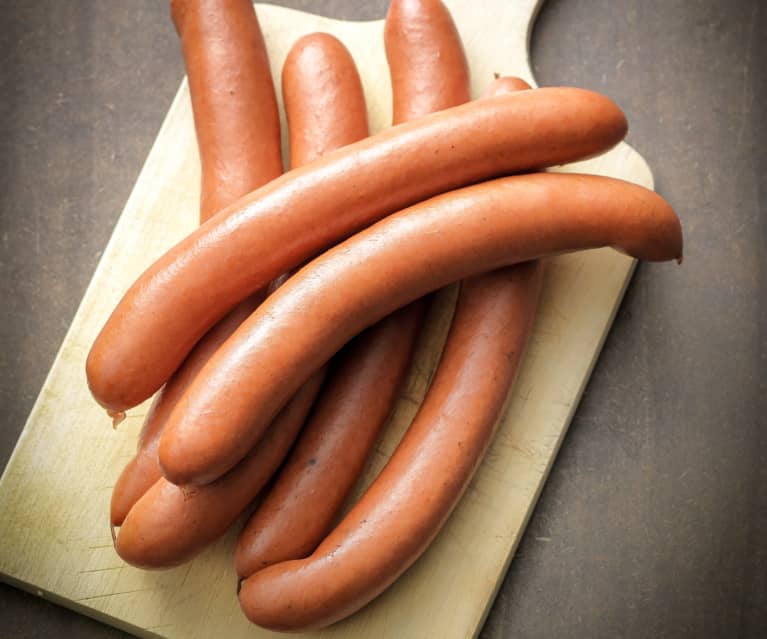
A hot dog is a type of wurst, most likely derived from frankfurters, and as such, ketchup should never touch them. I think this might be the crux of the ketchup-no ketchup debate on hot dogs here in the US. Wursts are traditionally served with a variety of mustards, breads and sauerkraut. Use a malty, darker beer for strong sausages and a more hoppy beer for sweeter sausages.īratwurst with Sauerkraut & Mustard RecipeĬheck out my simple but delicious recipe for Bratwurst with Sauerkraut and homemade mustard. Don't let your beer bath boil, or your wurst casings will split. Just heat beer and a sliced onion together and add the wursts. Adding onion to the beer adds even more flavor. This is a very viable way not only to reheat wursts or keep them warm but also to add some additional flavor to the wursts. I'm sure you've all seen the commercial that shows sausages being kept warm in a beer bath. No matter how you choose to cook your wursts, you'll want to prick the casings all over with a small knife so the wurst doesn't burst out of the casing during the cooking process. When cooking whole links, it is best to use gentle heat so the interior cooks all the way through. Steaming, grilling, pan-frying and poaching (or a combination of poaching and grilling) are all options.
#Wurst sausage how to#
Great video on how to make great bratwurst at home. As well, many of the raw/cured sausages enabled meats to be kept for longer periods of time, so, like pickling, canning and salting, sausage making is also a form of food preservation. Like so many famous national dishes, in wursts, German cooks found a way to take scraps and offal and put them together in an appetizing package. No matter what they are made from, wursts were developed as a way to minimize waste after butchering. Some wursts contain beef or veal some contain dairy products. The grind can be fine, coarse, or fine with larger chunks of meat added in for texture.

Generally speaking-and we have to be general here, since there are over 1200 types of German wursts-wursts are made from pork, fat and spices. Both the cooked and precooked types of wursts have a short shelf life and must be kept under refrigeration.ĭan from Stoltzfus Meats showing me his wurst. Precooked sausages are sausages that have been made from meat that has been previously cooked before mixing and casing. These types of sausages have a relatively long shelf life.Ĭooked sausages generally contain water and emulsifiers, such as egg yolks. Raw sausages can then be dried, smoked or even brined. Raw wursts are cured, usually through lactic acid fermentation. There are three general German wurst classifications: raw, cooked and pre-cooked. Sausages are classified in many different ways, depending on the country of origin. So, let’s take a look at types of wursts, how wursts are made, identify some of the more well-known wursts and learn to cook and serve them. But with over 1200 varieties of wursts and so many conflicting stories on their origin and spicing, there is still plenty about wursts that could use some clearing up. Looking for the wurst stuff on the Internet? Need a wurst gift to give that someone special? Look no further, here it is: Who Knew There Was So Much Wurst Merchandise You'll find some great photos of various types of wurst and a place to leave your comments, experiences or recipes that have to do with these German sausages. There is a poll for which is your favorite wurst and links to some great wurst recipes including my own for Bratwurst with Sauerkraut and homemade mustard.

I thought it would be interesting to take a closer look at some of the more popular types of wurst and look at where they came from, how to cook them, what you can serve with them and how to make them. I don't know about you, but I still have to ask my butcher which is which when I go to the market. You have your pork varieties, then your veal varieties and then there is the veal and beef varieties and so on. They may all sound very similar but they are very different. Bratwurst, Knockwurst, Bockwurst.all part of the wurst family.


 0 kommentar(er)
0 kommentar(er)
